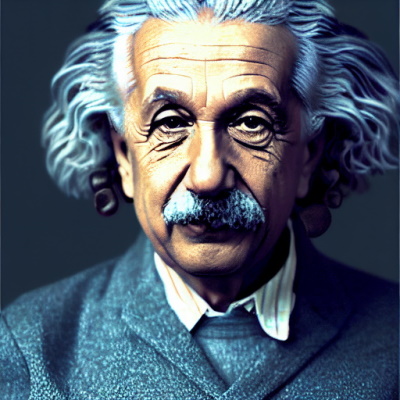Machine Learning
Determining the Best Function to Approximate a Set of Training Data
 AskAI
AskAI
The problem is to find the best function to approximate a given set of training data. This is an important task in machine learning and data science, as it can help improve the accuracy of predictions . There are many ways to approach this problem, and it is often difficult to determine the best function to use. However, there are some methods that can be used to find a good approximation.
Predicting Housing Prices
 AskAI
AskAI
The goal is to predict the price of a new house given its features. The dataset contains information on housing prices, so we can use this to train a machine learning model. Once the model is trained, we can use it to predict the price of a new house.
Price Prediction for New Houses in a City
 AskAI
AskAI
The goal is to predict the price of a new house in a city, given a dataset of housing prices in the city. This is a supervised learning problem, where the dataset is used to train a model that can make predictions about new houses.
Implementing K-Nearest Neighbor from scratch in Python.
 AskAI
AskAI
This article explains how to implement a K-Nearest Neighbor algorithm in python from scratch without using any machine learning libraries.
Automatic article categorization by topic.
 AskAI
AskAI
The goal is to design a system that can automatically categorize articles by topic. This can be done by training a machine learning model on a dataset of articles with labels indicating the topic of each article.
Summing Even Numbers in an Array
 AskAI
AskAI
The problem is to write a function that sums the even numbers in an array. The input is an array of integers, and the output is the sum of the even numbers in the array.
Animal image classification with machine learning
 AskAI
AskAI
The objective of this problem is to design a machine learning algorithm that can classify images of different types of animals.
K-Means Clustering Algorithm
 AskAI
AskAI
This technical problem deals with implementing a k-means clustering algorithm from scratch. The input is a set of data points, and the output is a set of clusters.
